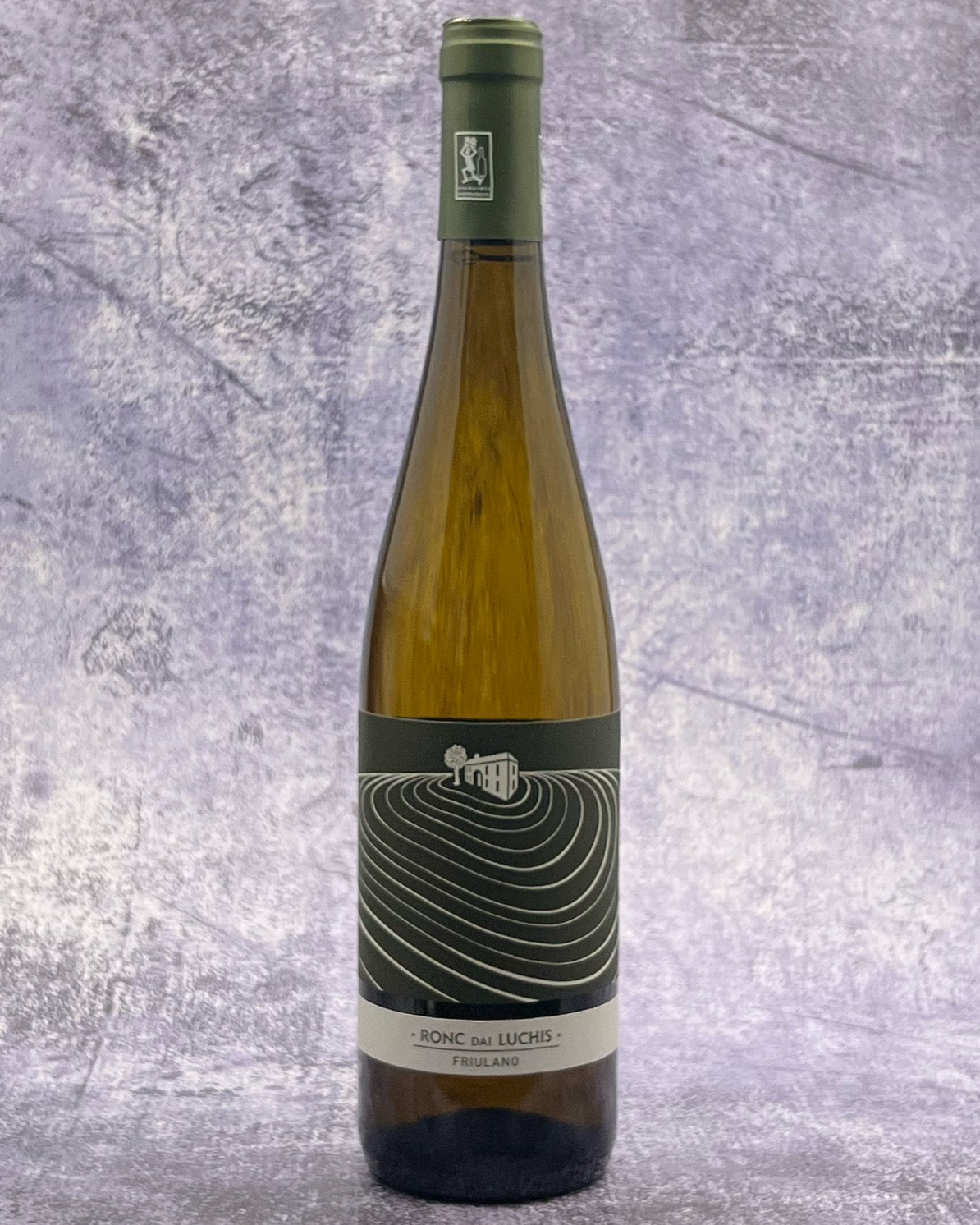Region: Friuli-Venezia Giulia (Friuli DOC), Italy
Varietal: Friulano
Tasting Notes: Officially called Sauvignonasse, this lean, dry, herbal white is often mistaken for Sauvignon Blanc. Dry and delicate with notes of grapefruit, tarragon, crushed gravel, and a touch of freshly cut grass meet undertones of wildflowers and almonds. A good structure carries this wine through to its lifted, mineral finish. Excellent and expressive!
Pairing: Excellent as an aperitif, for appetizers, pairs well with fish and white meat. A great choice alongside salads and roasted green vegetables. This is one of the few wines that can stand up to challenging pairings like green beans, artichokes, cabbage, and Brussels sprouts. We’re sharing a hearty and healthy green bean pairing today, for Green Beans With Mustard Seeds, Cashews and Coconut by Melissa Clark. Happy cooking!
About. Friuli's signature white grape is Friulano. It was once known as Tocai Friulano but misleading associations with Hungary's prestigious Tokaji wine prompted a change under international law (it is now simply called Tai).
Terroir. In terms of terroir, the most important influence on Friuli-Venezia Giulia's vineyards is their position between the Alps and the Adriatic. The mountainous topography in the north and east lifts many vineyards above the low-lying cloud that is sometimes trapped between the hills and the coast.
Consequently, the vines bask in bright sunshine while temperatures are moderated by altitude. This helps the grapes to develop full phenolic ripeness and aromatic depth before their sugar levels peak.
Lower down and closer to the coast, maritime conditions moderate the diurnal temperature variation and create more stable, reliable weather. This allows local winegrowers the luxury of choice in their terroir.
Friulano (formerly Tocai Friulano, and also known as Sauvignonasse or Sauvignon Vert) is a grape variety most famous for its role in the white wines of Friuli, northeastern Italy. These wines, usually varietal, are lively and fruity with notes of citrus, florality and almond, and often a touch of minerality.
In the vineyard, Friulano ripens early but buds late, and is productive to the point that yields must be monitored to maintain quality. Its thin skins make it susceptible to various forms of rot and mildew, although it is often picked early enough in the season that danger is avoided. Friulano also prefers drier vineyard sites, being prone to botrytis.

